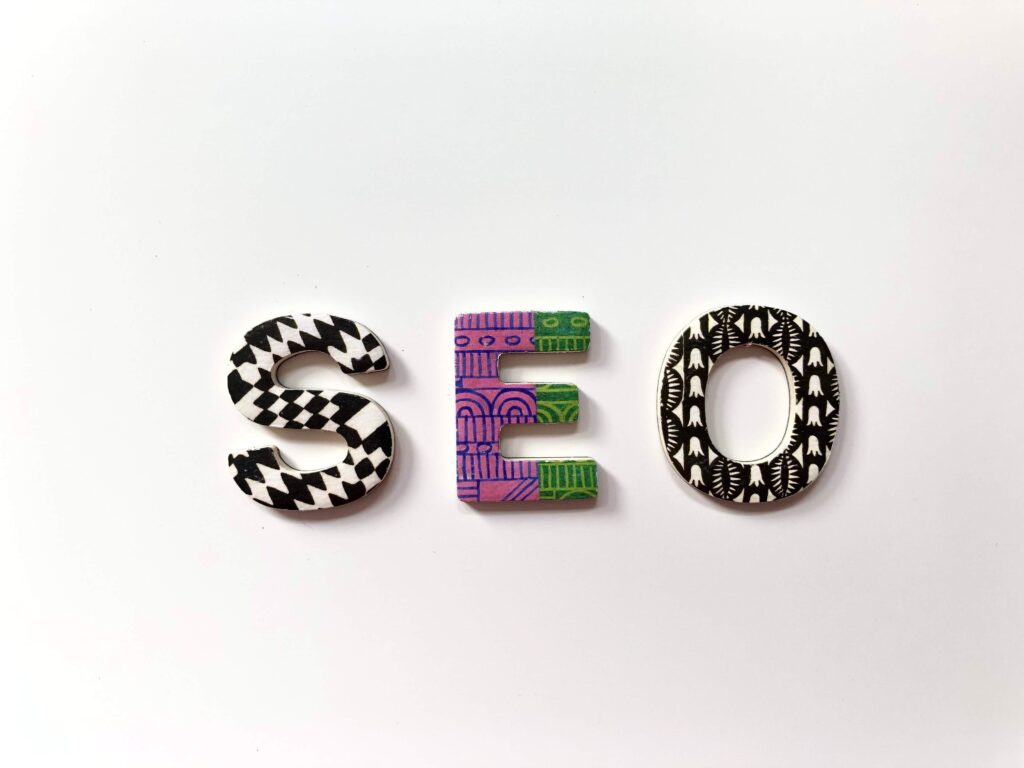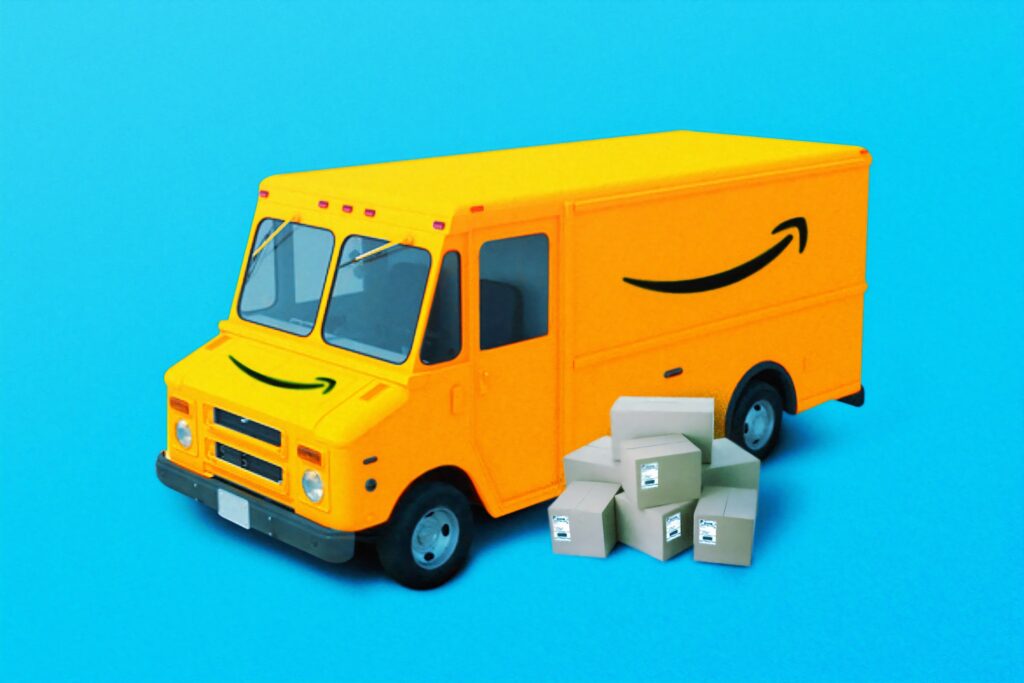How to take advantage of Amazon’s New Sponsored Display Beta Campaign Type

There is simply no getting around it: more and more businesses are competing for ad space and targeting the same broad group of online shoppers. Fortunately, there is a solution. With Amazon’s new display beta campaign advertising, you can gain a competitive edge in advertising, and even use your competitors’ ads to help boost your […]
Keeping Your Personal Information Safe Amidst Amazon’s Latest Policy Change

On July 8th, Amazon made an announcement that both intrigued and concerned many, particularly frequent Amazon sellers. That announcement? Sellers’ addresses will now be shown on their own page, as well as their business name. Amazon’s reasoning sounds innocent enough: “These features help customers learn more about the businesses of a seller and the products […]
Top 6 Small, American-Owned Businesses on Amazon You Should Know

We should all strive to support more local businesses. In the digital age, that has become easier than ever before, now that stores can sell their products both through their own sites and through a popular platform like Amazon. Amazon Handmade offers artisan-only products, handcrafted by talented teams and owners across the world. You can […]
Elements of a Successful Amazon Product Title

Selling on Amazon comes with its own unique plethora of challenges and learning opportunities. None, however, are as important as creating an impactful product title. In this article, we will take a closer look at why it is important to weigh all the elements of your product listing as well as all you need to […]
10 Tips For Great Communication With Chinese Suppliers
Starting and maintaining an Amazon business can be difficult in and of itself. What makes it even more difficult, however, is attempting to formulate relationships or outsource products with foreign manufacturers without the proper tools and knowledge. Unfortunately, this situation is more than likely to come across the path as you continue on your Amazon […]
Amazon launches start-up accelerator programs (Invite Only)

Selling on Amazon can be difficult, especially for smaller, startup businesses and less experienced sellers. The company is notorious for suspending or banning sellers who do not comply exactly with its strict rules and regulations. This process is especially difficult for new businesses attempting to pop up during a time of worldwide economic turmoil caused […]
Amazon delivery driver quits mid-shift, abandons truck and packages

Have you ever been so fed up with work that you wish that you could just abandon shop and leave? That’s exactly what this Michigan Amazon delivery driver did. Derrick Lancaster, 22, abandoned his Amazon Prime truck full of packages in the middle of the road with gas in the tank and keys in the […]
What to do When your Amazon Seller Account Gets Suspended

If you are reading this article, it is likely that you have recently read the shocking, saddening news that your Amazon account has been suspended. This can be extremely unsettling for both the most experienced sellers and those who have just stepped into their Amazon merchant journey. You may be wondering about the future of […]
4 Practical Tools for Amazon Merchants

We are not going to lie, selling on Amazon can be hard. There are regulations to follow, new systems to acquaint yourself with, and the constant stress of upkeep. We get it. Chances are, though, you are working much harder than you need to be. Someone out there – someone older, wiser, and more tech-savvy […]
How to Create an Effective Amazon Product Listing

When selling online, business owners don’t have the benefit of a beautiful storefront or helpful employees to push their product; a customer’s opinion is only formed based on how informative and eye-catching the product listing is. It is important to make a good first impression with an item’s title and main image, but equally as […]






